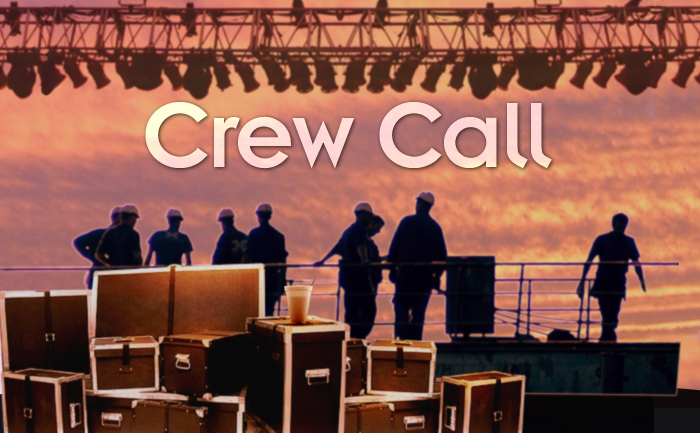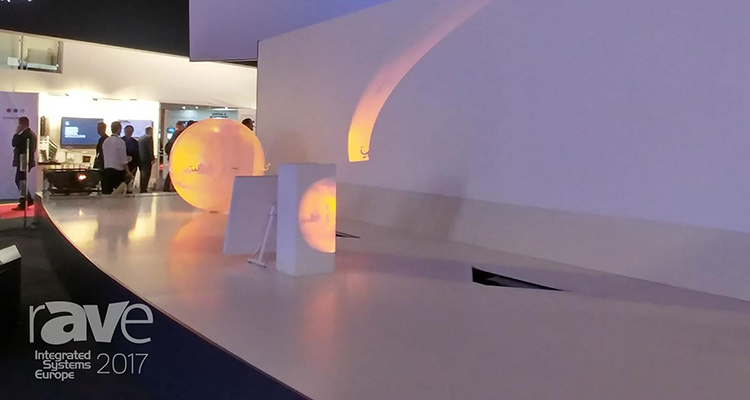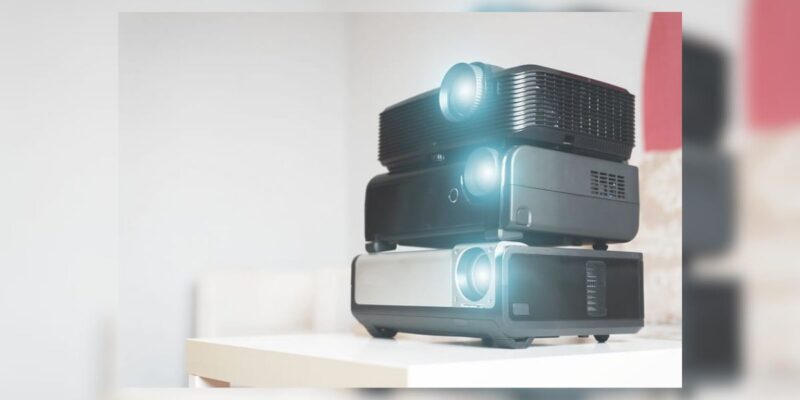State of the, Um, Art
 If you move back in history, the human race progresses from crude tool to artform along a predictable path. For instance, once humans learned to break rocks, that path began. We progressed from using the rocks to break each other to turning the broken rocks into crude tools and then to using the crude tools to create the even cruder implements of daily life. Follow that progression out and at the other end we have Michelangelo’s David. By that point in history, we had progressed to making our crude tools and implements from metal, but our skill with stone had progressed to the point that we could create statuary. And, importantly to my point, we still make statuary today. And today we have even better tools to do it with.
If you move back in history, the human race progresses from crude tool to artform along a predictable path. For instance, once humans learned to break rocks, that path began. We progressed from using the rocks to break each other to turning the broken rocks into crude tools and then to using the crude tools to create the even cruder implements of daily life. Follow that progression out and at the other end we have Michelangelo’s David. By that point in history, we had progressed to making our crude tools and implements from metal, but our skill with stone had progressed to the point that we could create statuary. And, importantly to my point, we still make statuary today. And today we have even better tools to do it with.
When a new tool or technology is introduced, its proponents are always quick to pronounce the death of the previous generation of tools. In some instances, that has turned out to be the truth. Discs killed tape and streaming is killing discs. But that is because they were direct, one-to-one replacements for the existing technology.
But you can point out an equal number of cases in our industry where the reverse was true, where a new technology has added to the art form and not replaced the old technology. One of these situations that comes prominently to mind were the early predictions that when large flat screens became available, they would kill projection technology. Flatscreen manufacturers touted superior images, lower consumable costs and eliminating the necessity to darken the room. And truthfully, large flatscreen certainly impacted the sales of smaller and installation projectors quite a bit. And they continue to do so.
But, to presume to paraphrase Mark Twain (a personal hero), “the rumors of the projector’s death have been greatly exaggerated.” And this is especially true in the rental and staging portion of our industry, because the art form has progressed.
 Not only have the tools progressed to the point where we have high brightness, high resolution projection systems that are more portable and usable than ever before, but the techniques have also progressed. And, while I will not compare anything in our industry to a statue by Michelangelo, I will say that the artform has progressed to a very high level. This is possibly due to the evolution of the available tools, where we now have laser engine projectors with incredibly low consumable costs per hour, high brightness, low weight, riggable and with an enormous assortment of lenses and accessories to accommodate almost any staging design.
Not only have the tools progressed to the point where we have high brightness, high resolution projection systems that are more portable and usable than ever before, but the techniques have also progressed. And, while I will not compare anything in our industry to a statue by Michelangelo, I will say that the artform has progressed to a very high level. This is possibly due to the evolution of the available tools, where we now have laser engine projectors with incredibly low consumable costs per hour, high brightness, low weight, riggable and with an enormous assortment of lenses and accessories to accommodate almost any staging design.
But it is probably also accurate to say that it is because the rental and staging portion of the industry has enormous experience with these tools. Today, we see stunning examples of the projection artform everywhere, from corporate and entertainment events to trade shows and conventions. We see images wrapped around complex objects, rotating cars and buildings. We see images projected on scrims into what looks like empty space. And we see them in shows and events that combine them with flatscreen technology in order to accommodate the show concept.
Add to that a lower cost per lumen than ever before and the increased road ability that has come with the evolution to smaller sizes and more durable cases and we will certainly see that the death of this artform — projection — has been exaggerated.
But what next for the projector? Well, with the InfoComm show coming up next month, we are certain to see that next evolutionary step. But what do we expect that to be? I did a little calling around to friends in the industry to get some of their ideas to combine with my own. Here are just a few of the things:
Higher output, lower weight. Naturally. That one does not take Jean Dixon.
Lowered component count. We have seen video and graphic systems developing along with video servers and streaming receivers that have enabled us to address them as video network components, across all levels of system. Over the years, we have seen features like image warping and streaming reception move from very high-end external products to features that are now incorporated into surprisingly low cost projection systems. We certainly expect this trend to accelerate and to see more and more of these features incorporated into lower and lower cost projectors in smaller and smaller sizes.
Resolution increases beyond 4K. With the size screens we are capable of utilizing with today’s projectors, increasing resolution beyond 4K is not futile. Increases in resolution well beyond current video standards is not only possible, it is probable.
And a personal wish list item: As many of you know, I do a fair amount of work in developing environments in virtual reality. The great hope of the VR industry for room-scale immersive events without cumbersome headsets lies in projection technology of some type. “Holographic” projection is the great dream of our industry when it comes to moving VR technology to larger groups or for events. I don’t expect that we will see this (or at least not in a final, marketable form) at this year’s show. But as long as we were discussing projection technology, I thought I would give my two cents worth to the manufacturers and make sure that they understood my Christmas wish list.
In the final item: Projectors have now achieved, pretty much across the market, a very high degree of reliability. As a tip to the exhibiting manufacturers, the other thing that the rental and staging portion of the industry requires is support. That’s support in terms of programs, financing and a direct level of technical support for field technicians that is significantly better in terms of technical knowledge then that which is provided for end-user clients. The manufacturers who are most successful in the rental and staging portion of the industry pride themselves on this and to those of us in the business it is more important (by far) than simply having the latest features.
I’ll see you at the show. Look for me near one of the rotating cars.




